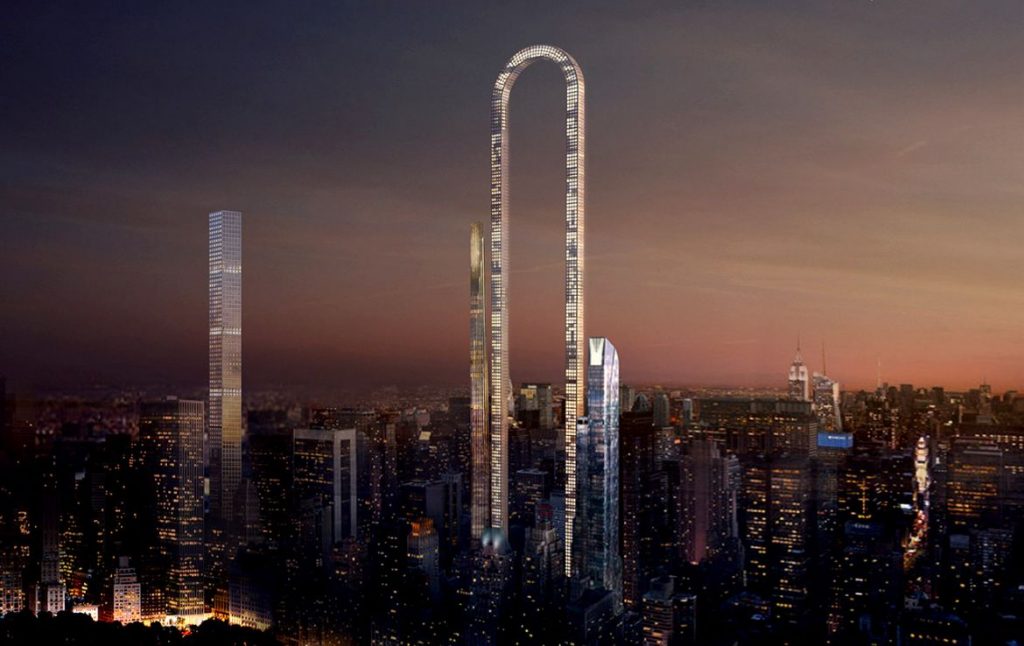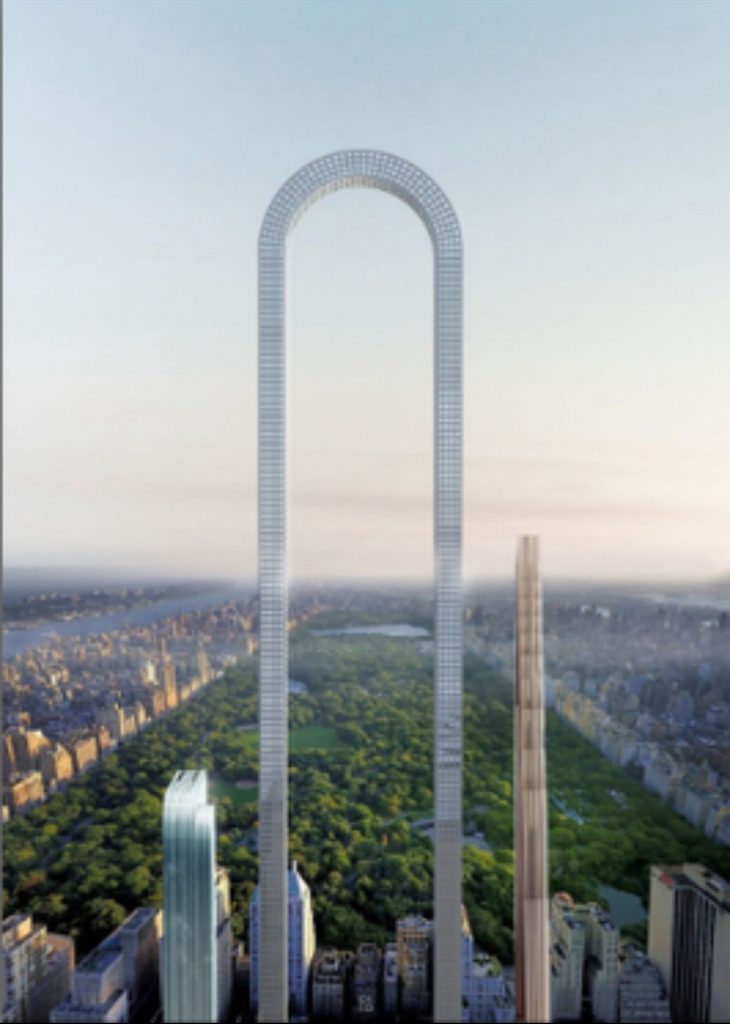The Big Bend or A Big U Turn for Architecture
By Rojina Bohora
Publication 06th October 2025: 08:24 GMT

Image Credit: ABC 13
In the midst of Manhattan’s relentless upward push—a dance of steel, glass and luxury—an audacious new design emerges not to climb, but to arch over the skyline. Meet The Big Bend, conceived by Oiio Studio (led by architect Ioannis Oikonomou), a 4,000-foot long, upside-down U-shaped skyscraper proposal for the heart of Midtown’s Billionaires’ Row. What it lacks in simple height it compensates for in sheer length, ambition, and an architecture of the unexpected.
n a city where upward is synonymous with status, The Big Bend asks: what if the prestige of height could be replaced by the majesty of sweep and span? Rather than a single towering column piercing the sky, this proposal takes two slender towers on either side of West 57th Street, lifts them skywards, arcs them in mid-air, and returns them to ground. The result: 4,000 ft of uninterrupted architectural form—from base, to apex, to opposite base.
The idea is at once elegant and provocative. In the context of Manhattan’s strict zoning laws and sky-high air-rights pricing, the building becomes a kind of loophole-made-manifest: instead of endlessly climbing, the design folds back on itself. As one commentator noted:
“What if we substituted height with length? What if our buildings were long instead of tall?”
Within that fold lies a thrilling technological proposition: elevators that don’t simply move up or down, but travel vertically, horizontally, and around curves—a continuous loop of movement inside this spectacular U-form
Beyond the clever geometry, The Big Bend gestures towards a new architecture of experience. Imagine living or working in a structure where your path traverses a horizontal ridge high above the city before dipping back to earth. Imagine views over Central Park, the city grid below, and then a slow descent back toward the urban bustle. This building doesn’t just contain space—it reconfigures how you inhabit it.

image Credit: Wikipedia
Yet while the ambition rivets, the practicalities loom large. The arch must withstand furious Manhattan winds, winter snow loads, seismic tremors, and the engineering complexity of a looping elevator system. Moreover, the project remains in the conceptual stage—unbuilt, unapproved, un-funded. As one fact-check noted: “At 4,000 feet long, it would be the longest building in New York City—if indeed it’s ever built.”
Why does the proposal matter? Because it flips our expectations of the skyscraper. The race has always been up. But here we glimpse a future where span, arc and volume are the new virtues. Where prestige is not simply “how high,” but “how far,” “how elegantly,” “how boldly.” The building becomes a manifesto: that architecture is not bound by the vertical, but may explore the horizontal, the curved, the immersive.
Whether or not The Big Bend ever rises above Manhattan, it has already done something remarkable—it has expanded the possibility space of architecture. It asks architects, developers and cities: what if the skyline were not a list of spikes but a ribbon arching above the city? What if our buildings were not footprints and towers but traversals?
In the end, the sky may no longer be the limit—but the arch, the curve, the span. The Big Bend dares us to look sideways as well as upward.
